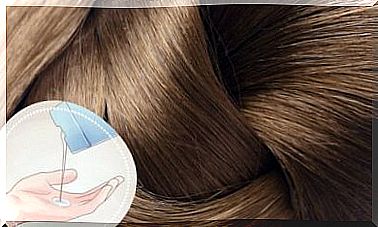Stretching Asanas – Improve Body Flexibility With Yoga!
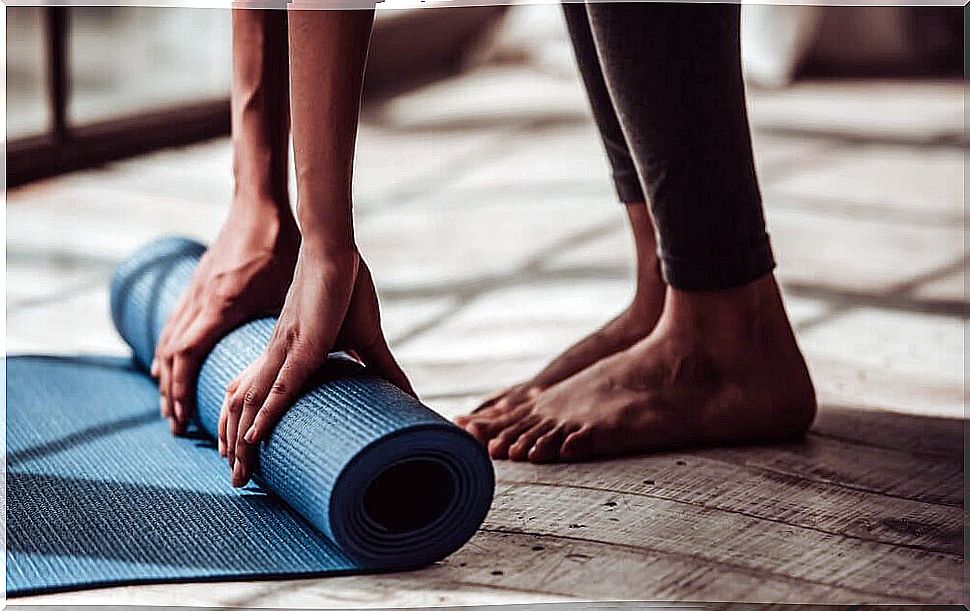
Crazy rush of life, excess responsibilities, lack of time to rest … Today’s lifestyle is not conducive to maintaining the flexibility of the body. Stretching asanas will help you make up for these shortcomings and gradually increase the flexibility of your muscles, bones, and joints. Besides, yoga will bring many other benefits to your body as well.
Lack of flexibility can cause pain in muscles and joints. At first, the proposed stretching asanas may be a bit of a problem for you, but over time you will start to get more supple and the exercises will turn out to be an enjoyable experience. So start with simple positions that will make you feel much better after your first training session.
Many of us still associate yoga mainly with meditation. It is also a great way to improve the condition of the entire body. If you have never exercised and your body is completely inflexible, start with simple asanas. Over time, you will notice visible progress and be able to move on to more complicated positions.
Beginner stretching asanas – 5 suggestions
The following stretching asanas will improve your body flexibility and the flexibility of your muscles, joints, and bones over time. Remember, however, that you have to wait for results – yoga is a sport that requires patience and, above all, regularity. Try to exercise at least three times a week. At first, do not exert yourself too much, so as not to injure yourself or injure yourself.
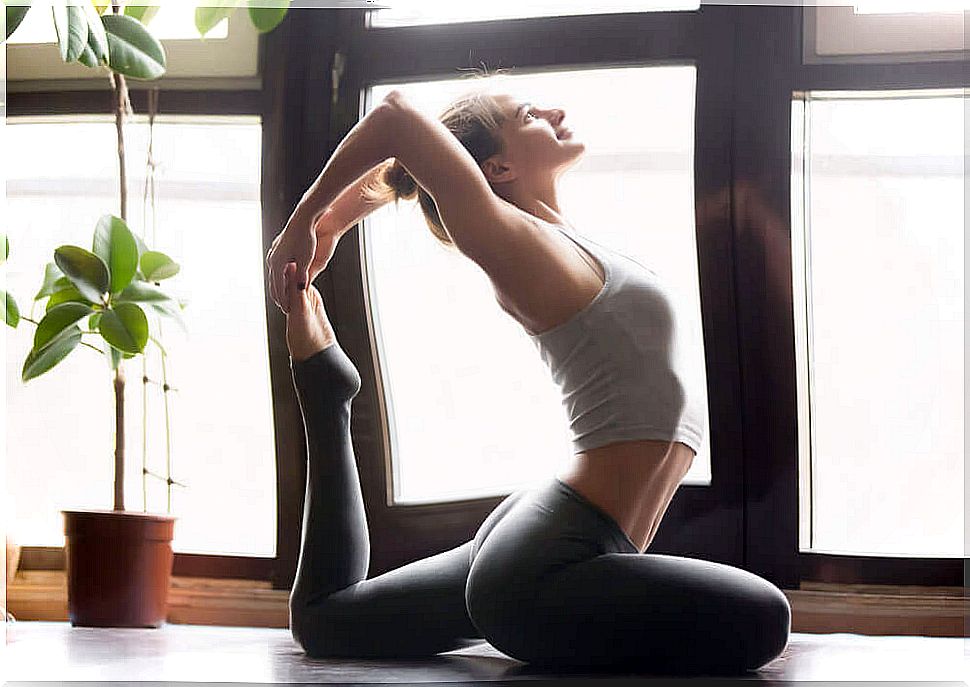
Find out about five perfect positions to start your yoga adventure!
1. Baby Pose (Balasana)
Unless you are one of those with a supple body, this pose will be perfect to start with. It is generally done at the end of a yoga session to relax the muscles. This asana is known as the balasana and is one of the basic recovery positions.
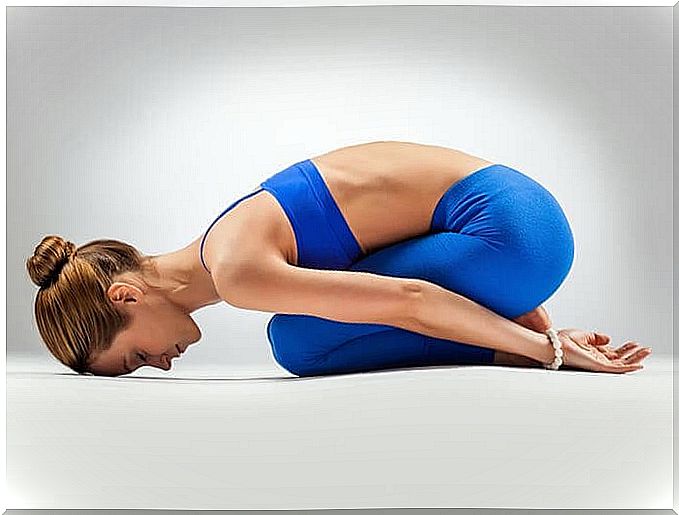
It helps to increase the flexibility of the hips, thighs and ankles. At the same time, it relieves tension and back pain. Many people do it right after standing on their head to relax the cervical spine.
Kneel on the mat, bring your knees together, and sit on your heels. Then, prop your chest over your thighs and relax your neck muscles. Rest the top of your head on the mat. Close your eyes, breathe freely and relax. Place your arms alongside your body and your palms facing upwards.
2. The dog with its head down
This asana is a bit more demanding than the previous one. Although it seems very simple to do at first, many people may have problems with it. Once you master it, you will bring many benefits to your body.
This position strengthens the muscles of the arms and legs, improves body posture, stretches the arms, calves, and hands, improves digestion, prevents osteoporosis, stimulates blood circulation, improves body flexibility, and alleviates menstrual symptoms and menopausal symptoms in women.
How to properly do the exercise?
- Make a bend so that both your feet and hands rest firmly on the ground.
- Then, take a step back with both legs and move your hips up as high as possible.
- Your body should take the shape of a volcanic cone. Straight legs on one side and a straight spine on the other and a relaxed head between the shoulders.
- Breathe deeply through your nose.
At first, you probably won’t be able to perform this asana properly. The ideal scenario is that the feet should rest entirely on the ground. If you are not flexible enough, raise your heels a bit – it will be easier for you.
Don’t worry, your body will become more and more supple over time, and one day you will easily rest your whole feet on the ground. This asana is an excellent warm-up exercise.
3. Bridge building position
These types of stretching asanas can also be difficult at first if your body is not at all flexible. However, as in the previous case, with time you will do better and better and after a few weeks of regular training you will be able to reap the maximum benefits of this position.
How to properly do the exercise?
- Lie on your back and bend your knees with your feet flat on the ground and hip-width apart.
- Move your heels as close to your shoulders as you can.
- Then lift your pelvis and buttocks up high. Tuck your arms under your chest and clasp your fingers together.
4. The position of the pigeon
Another asana will also greatly improve your body’s flexibility over time. This position is a salvation for those who sit or stand all day long. It fantastically opens the hips, stretches the groin, relieves tension and improves body posture. It also naturally relieves pain caused by sciatica.
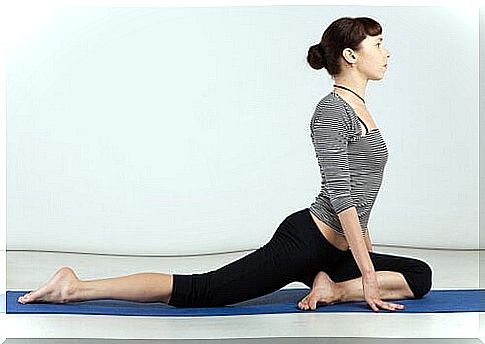
How to do the exercise?
- The starting position is the head down dog (see above).
- Bring your right knee forward until it touches your right wrist. The ankle should be as close as possible to the right knee.
- With the other leg extended back, lower your hips to the ground.
- Bring your palms forward so that your head rests on the ground.
5. Intensive stretching in a deep forward bend ( uttanasana )
The final pose that makes up our stretching asanas is called uttanasana . It helps relieve stress and the symptoms of mild depression, reduces fatigue, fights insomnia, relieves headaches, stimulates the liver and kidneys, stretches the tendons, calves and hips, as well as improves digestion and helps alleviate the symptoms of menopause.
How to do the exercise?
- If you lack flexibility at first, you will certainly not touch your toes. However, it doesn’t matter – you will do better and better each day.
- Stand up straight and bend forward to leave a gap between the pubic mound and the breastbone.
- Place your palms on the floor in front of your feet, slightly to your sides. Wrap them around the ankles as you progress. Try to keep your knees straight.
- Hide your head between your shoulder blades and touch your knees with it.
At the end
All of the above stretching asanas will greatly improve your body’s flexibility. Some of them are easier, others more difficult and intense. Each of them, however, positively affects our health.
Regular yoga sessions will allow you to closely monitor your progress. Observation of the pursuit of better and better results has a positive effect on self-esteem and has an amazing motivating effect on further work on your body.
If you lack flexibility, you already know – start practicing yoga!





